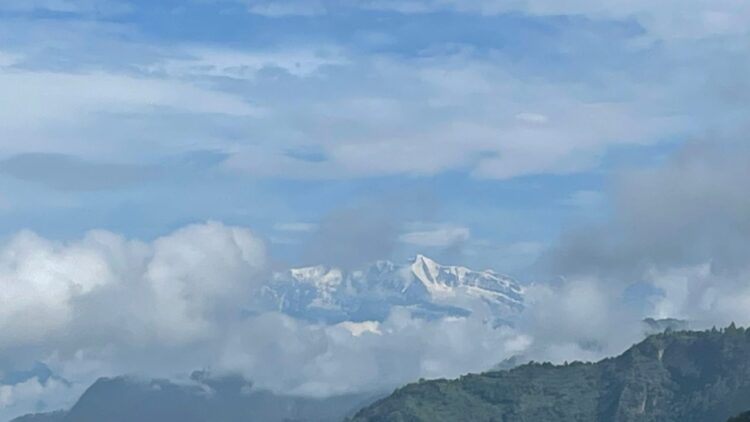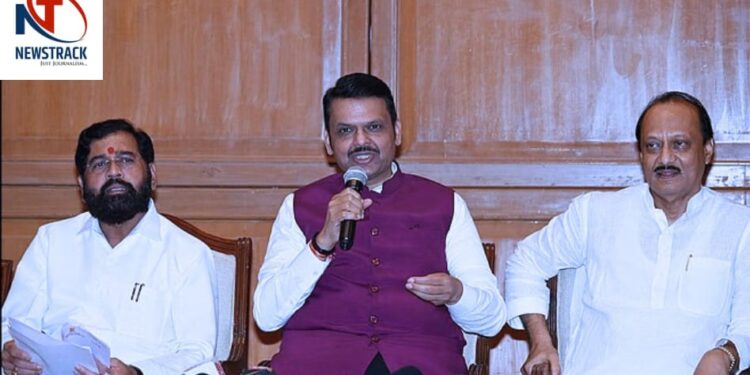Ascot news: Recently, the columnist, writer and blogger Durgadatta Pandey, who arrived in Ascot during his Uttarakhand visit, has highlighted the deep historical and cultural connection between the farmers of the region and the Basti district of Uttar Pradesh. Ascot, located in Didihat tehsil in Pithoragarh district, is an old princely state, named ‘Asi Kot’ (80 Fort), which was once present in the region. The place is famous as its natural beauty, musk deer sanctuary and the early center of the Kailash-Mansarovar pilgrimage.
Ascot: A historical and natural gem
Ascot, situated at an average altitude of 1,106 meters above sea level, is located at one end between the far-flung forests and green valleys, between Dharchula and Pithoragarh. It is surrounded by Nepal in the east, Almora in the west, Pithoragarh in the south and Tibet in the north. Here the white Ganges and Kali rivers flow between the forest of cedar, rosewood, oak and year trees, and the panchuli and chiplakot peaks are clearly visible.
Ascot’s state has been with the descendants of the Katyuri kings for many generations, who put ‘sail’ with their names and who have received the title of ‘Rajbar’. This place has not only been very rich not only tourism and biodiversity, but also historically. Twenty years after independence, this princely state was merged with India. It is currently a beautiful offbeat destination of Uttarakhand, which is known for its cool atmosphere, hiking and trekking opportunities.
The Ascot Wildlife Sanctuary, in 1986, was established for the purpose of conservation of Kasturi deer and its habitat, the biggest attraction here. On a few distance, there is a palace of Pal kings, which still cherish the years old history of Ascot. This palace is currently no less than a museum, where the legacy of the past and the rare bhojpatras of the names of more than a hundred kings of Ascot are still saved in many copper sheets.
Ascot dynasty relationship with colony
Rajwar Bhanu Raj Singh Pal (Deval Durbar) of the current generation of Ascot dynasty proudly states that Ascot was established as ’80 coats’ to ensure India’s security and protect Sanatan Dharmavalambhis, especially Kailash-Mansarovar’s uninterrupted journey. Even today, the group of passengers going to the Kailash-Mansarovar Yatra every year is welcomed with traditional customs.
Pandey says that when the visit of Kailash-Mansarovar started having obstacles, saints and mahants sought his son from Katyuri Maharaj to protect religion and protect the border state of India. Katyuri Maharaj gladly sent his brave son Abhay Pal Dev. He not only secured the journey, but also established 80 coats (fort) in this border area of India.
From the generation of Maharaja Abhay Pal Dev, two of his brave warrior sons Rajkumar Alakh Dev and Tilak Dev passed through the dense forests and reached the township. After a war with local tribes, he established his capital in Mahuli (who is now in Sant Kabir Nagar) and started ruling. In the later periods, there was another fierce battle near the Mehon, where countless heads fell, that place is still called ‘Mukkatti’. Knowing the fans as a safe place, Suryavanshi Pal dynasty made it its capital, which is a long -standing tradition.
Strategic importance and access
From a strategic point of view, it is suggested to develop the Ascot route from Tanakpur to easily increase the access to China border Dharchula. With this, Ascot from Tanakpur can be reached in 2.5 (two and a half) hours, which will save a lot of time and will not require to go to Champawat, Lohaghat and Pithoragarh.
How to reach Ascot:
• Roadways: To go to Ascot from Uttar Pradesh’s capital Lucknow, Tanakpur and from there can be reached via Pithoragarh. Tanakpur – is 55 km from Pithoragarh.
• Air route: The nearest airport is Pantnagar, which is about 350 km away.
• Rail route: The nearest railway station is in Kathgodam, which is about 280 km from Ascot. Taxi and buses are available from here to reach Ascot. Haldwani – Ascot can be reached about 150 km from Kathgodam via Almora.






